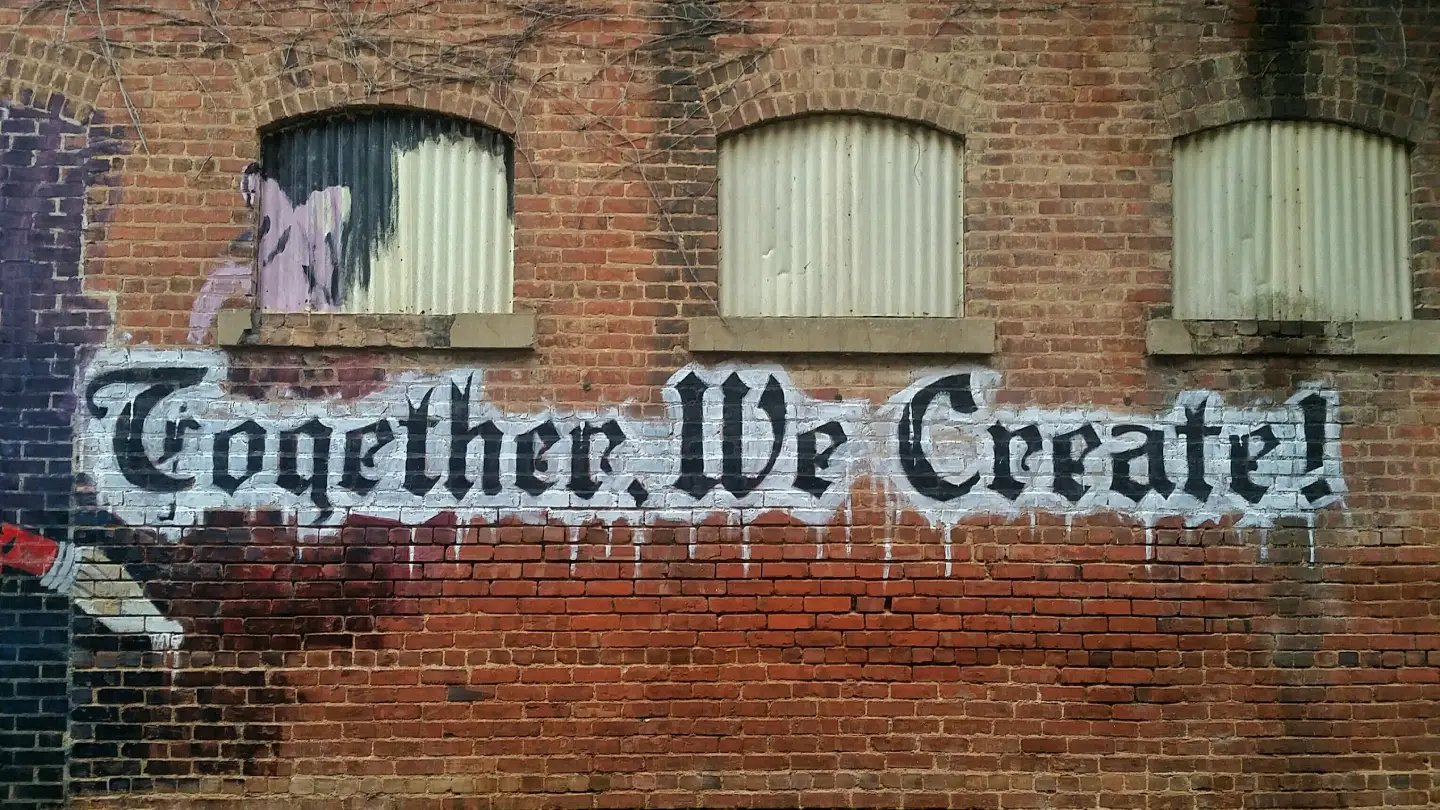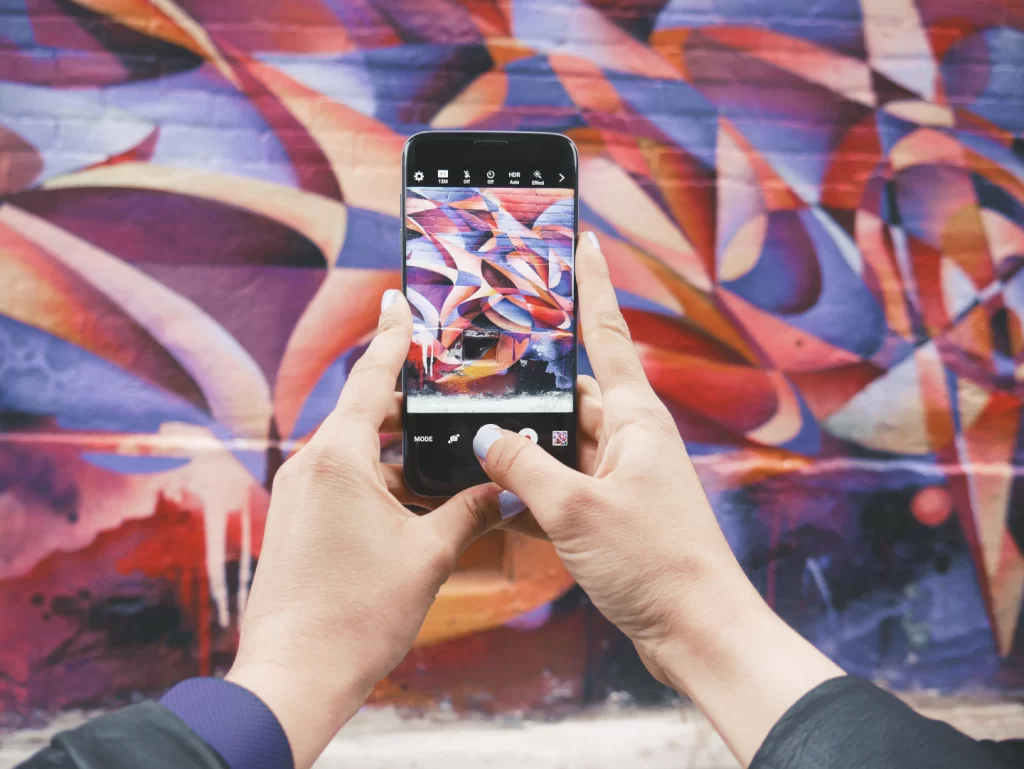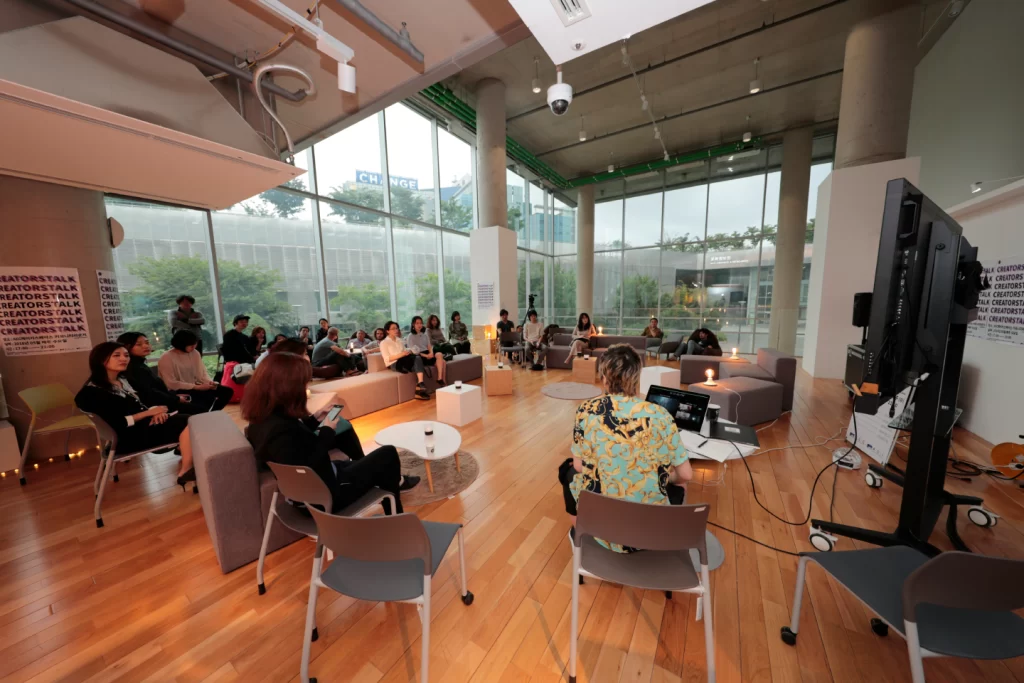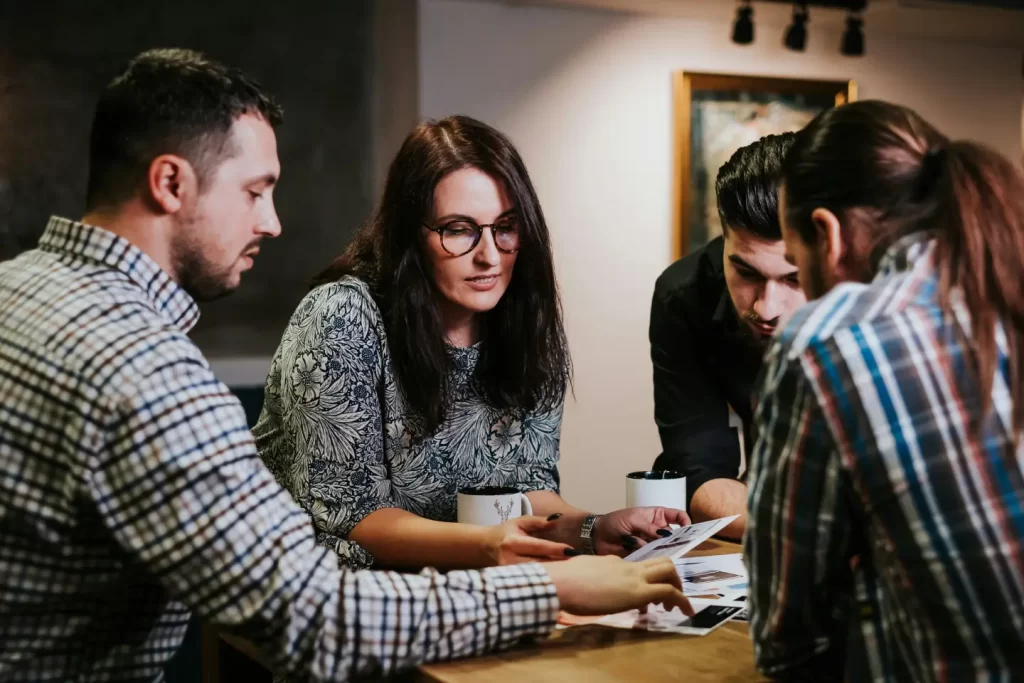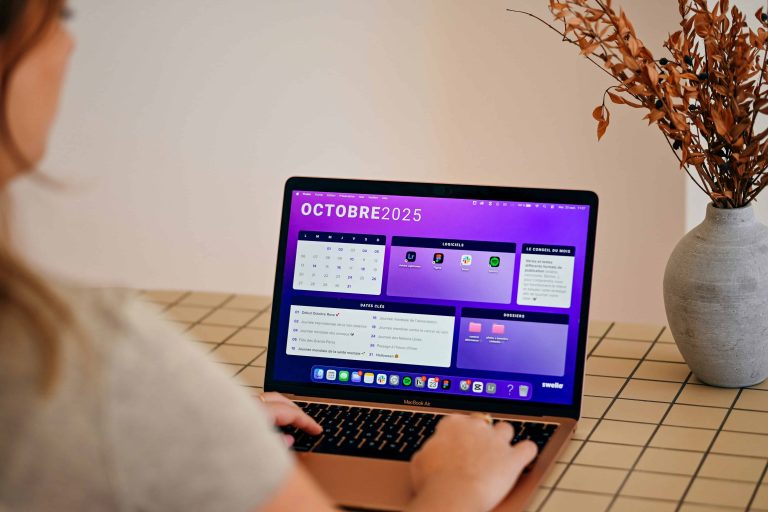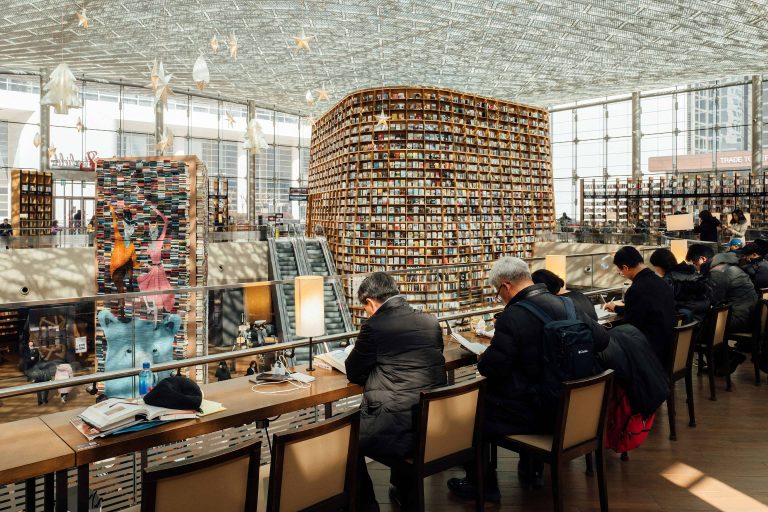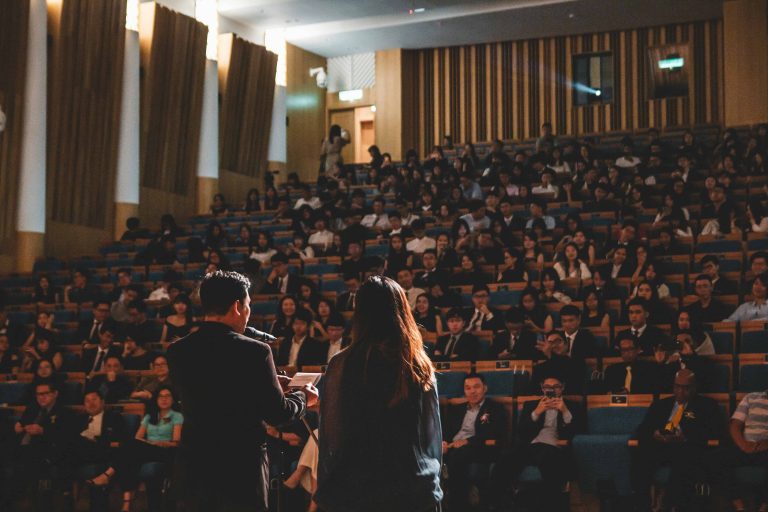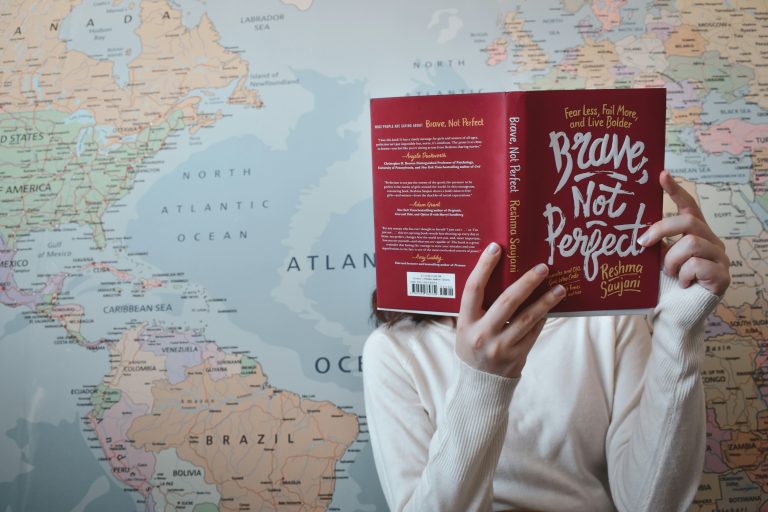Empowering Artists and Cultural Professionals: Unleashing Creativity and Strengthening the Cultural and Creative Sectors
Artists and cultural professionals are the visionaries who shape our societal narratives and
influence our understanding of the world. Their creativity enriches our societies and
contributes to our shared cultural heritage. However, their path is often strewn with
challenges, from financial constraints to limited exposure and barriers to professional
development. This blog post aims to unravel effective strategies for empowering these
creative minds, bolstering the cultural and creative sectors.
The Artist’s Conundrum: Decoding the Challenges
Before devising effective empowerment strategies, it is crucial to understand the unique
challenges artists and cultural professionals face. These include financial insecurity, lack of
visibility, limited access to professional development opportunities, and difficulties in finding
sustainable platforms for creative expression.
Amplifying Voices: Providing Platforms for Expression
A significant step towards empowerment involves providing diverse platforms for artists to
express their creativity:
Physical Spaces
Physical spaces like galleries, museums, and cultural centers give artists a venue to
showcase their work, interact with audiences, and foster a dialogue between the creator
and observer.
Digital Platforms
The digital age offers unprecedented opportunities for artists to reach global audiences and
experiment with new mediums, expanding their creative horizons.
Festivals and Events
Participation in festivals and events can provide artists with invaluable exposure,
networking opportunities, and the chance to engage with a broad spectrum of viewers.
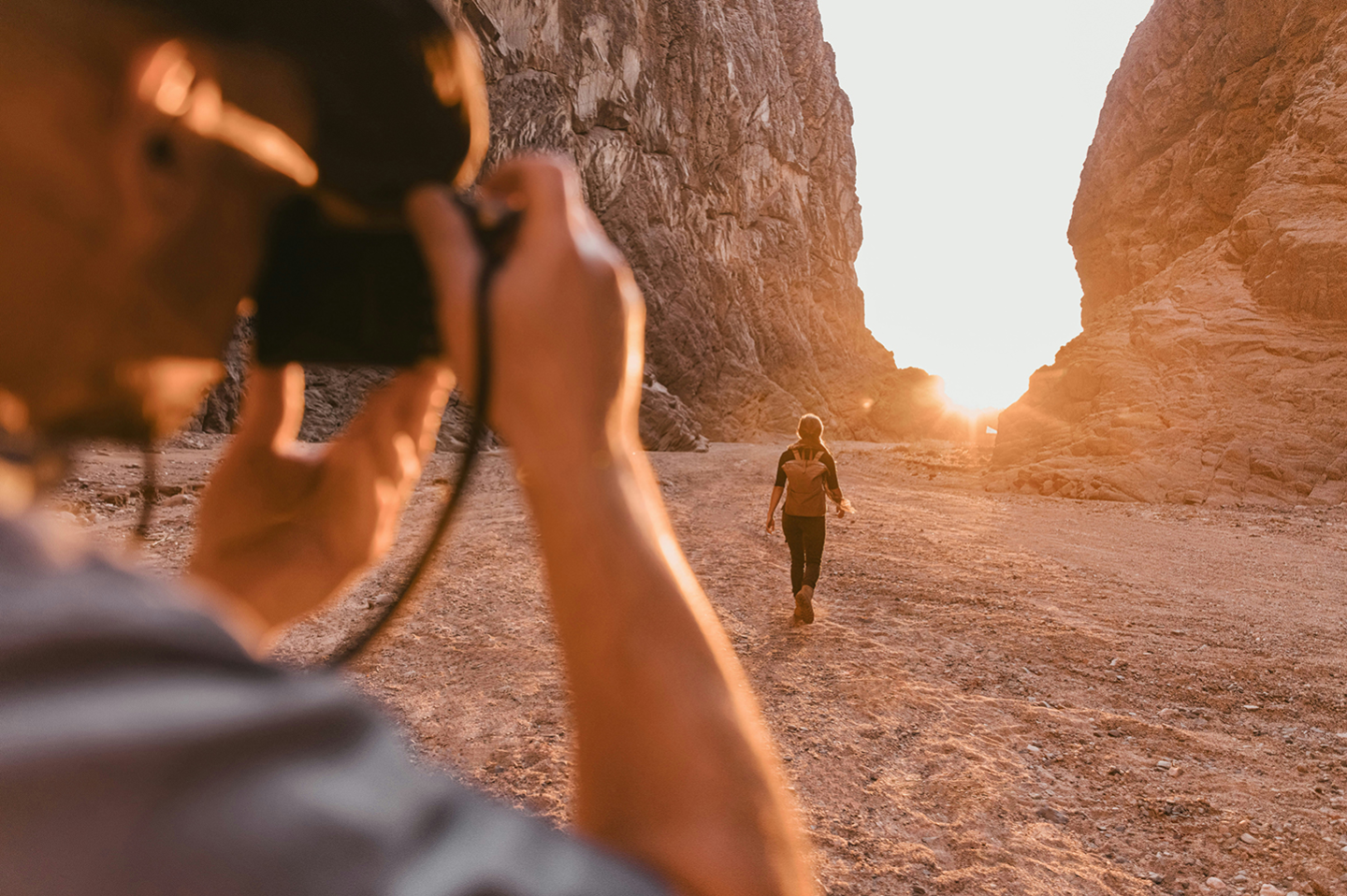
Igniting Innovation: Encouraging Creative Exploration
Fostering an environment that encourages innovation is critical to artist empowerment:
Funding and Grants
Financial support for innovative projects can inspire artists to push boundaries, explore new
ideas, and venture into uncharted creative territories.
Collaborative Opportunities
Collaborations stimulate innovation by merging diverse perspectives and fostering cross-
disciplinary creativity.
Recognition and Awards
Acknowledging and celebrating creative achievements can incentivize artists to innovate
and evolve continuously.
Cultivating Growth: Promoting Professional Development
Promoting professional development is a crucial aspect of empowering artists and cultural
professionals:
Training and Workshops
Training programs and workshops can equip artists with the skills and industry knowledge
to navigate their careers effectively.
Mentorship Programs
Mentorship programs provide valuable guidance, support, and insights from experienced
professionals, offering a roadmap for emerging artists.
Networking Opportunities
Networking can help artists build connections, collaborate with others, and access new
opportunities, creating a supportive community around them.
The Role of Society: Fostering a Supportive Environment
The broader community plays an essential role in empowering artists and cultural
professionals. Public appreciation of art, patronage, and a general culture of respect and
admiration for the creative process can significantly enhance artists’ motivation and self-
confidence.
Challenging Societal Norms and Inspiring Individuals
Art can challenge societal norms, promote diversity and inclusion, and foster community.
This creative expression can inspire individuals and drive social change.
Supporting Social Connectedness
The arts can support community development by building group solidarity and individual
and group identities. They play a pivotal role in society and significantly impact social
connectedness.
Advocating for Public Art
Public art is crucial in raising awareness about important community issues such as
environmental stewardship and respect for diversity. It is essential to advocate for public
art, as it contributes to the vibrancy and identity of a community.
The Impact of Policy: Advocating for Artist-Friendly Regulations
Government policies and regulations significantly impact the ease artists can work and
thrive. Advocacy for artist-friendly policies – including copyright laws, tax benefits, and
subsidies for art initiatives – can play a crucial role in empowering artists and cultural
professionals.
Strengthening Copyright Laws
Copyright laws protect the intellectual property of artists, ensuring they have exclusive
rights over their work. Advocating for stronger copyright laws can help secure artists’
earnings and stimulate creativity.
Implementing Tax Benefits for Artists
Tax benefits, such as deductions for artistic expenses or reduced tax rates for income from
creative activities, can significantly ease the financial burden on artists. Advocacy for such
benefits can contribute to an environment conducive to artistic creation.
Providing Subsidies for Art Initiatives
Government subsidies can provide much-needed financial support for art initiatives,
particularly those that may not be commercially viable but hold significant cultural or social
value. Advocacy for increased funding can help sustain a vibrant and diverse arts scene.
Ensuring Fair Trade Practices
Fair trade practices in art ensure that artists are adequately compensated for their work.
Policies enforcing these practices can protect artists from exploitation and promote a more
equitable art market.
Encouraging Public Art Programs
Public art programs enrich community spaces and provide artists with opportunities for
exposure and engagement with the public. Advocacy for policies supporting such programs
can be crucial in fostering a thriving art culture.
Creating Artist Residency Programs
Artist residency programs offer artists the space, time, and resources to focus on their
creative practice. Government support for these programs can be instrumental in nurturing
artistic talent and innovation.
Conclusion: Fortifying the Arts – A Collective
Responsibility
Empowering artists and cultural professionals is not merely an individual endeavor but a
collective responsibility across societies, communities, and governments. This
empowerment hinges on fostering a supportive environment that values creative
expression, advocates for artist-friendly policies, and promotes professional development.
Artists are critical in shaping our cultural narratives, challenging societal norms, and driving
social change. While often underappreciated, their work forms the backbone of our shared
cultural heritage. Therefore, we must continue to champion their cause, providing them with
numerous platforms for expression, encouraging innovation, and pushing for policies that
bolster their livelihoods.
Investing in the arts is investing in our society’s future. By nurturing creativity and
supporting artists, we enrich our cultural landscape, foster diversity and inclusivity, and
stimulate social cohesion. Through these endeavors, we can strengthen the cultural and
creative sectors and pave the way for a future where art thrives and artists flourish.
Step into a world where cultural collaboration becomes a catalyst for transformative change and global unity. Click here to
Investing in the arts is investing in our society’s future. By nurturing creativity and
supporting artists, we enrich our cultural landscape, foster diversity and inclusivity, and
stimulate social cohesion. Through these endeavors, we can strengthen the cultural and
creative sectors and pave the way for a future where art thrives and artists flourish.
Step into a world where cultural collaboration becomes a catalyst for transformative change and global unity. Click here to explore the profound impact of cross-cultural partnerships in unleashing innovation and strengthening global bonds.

